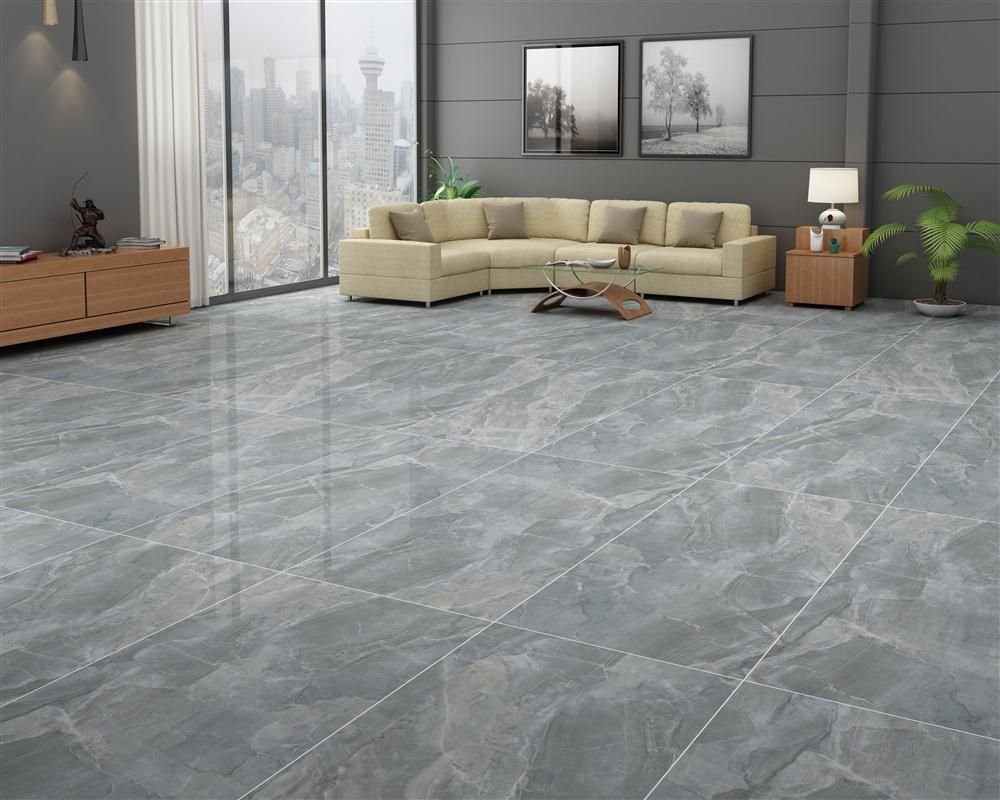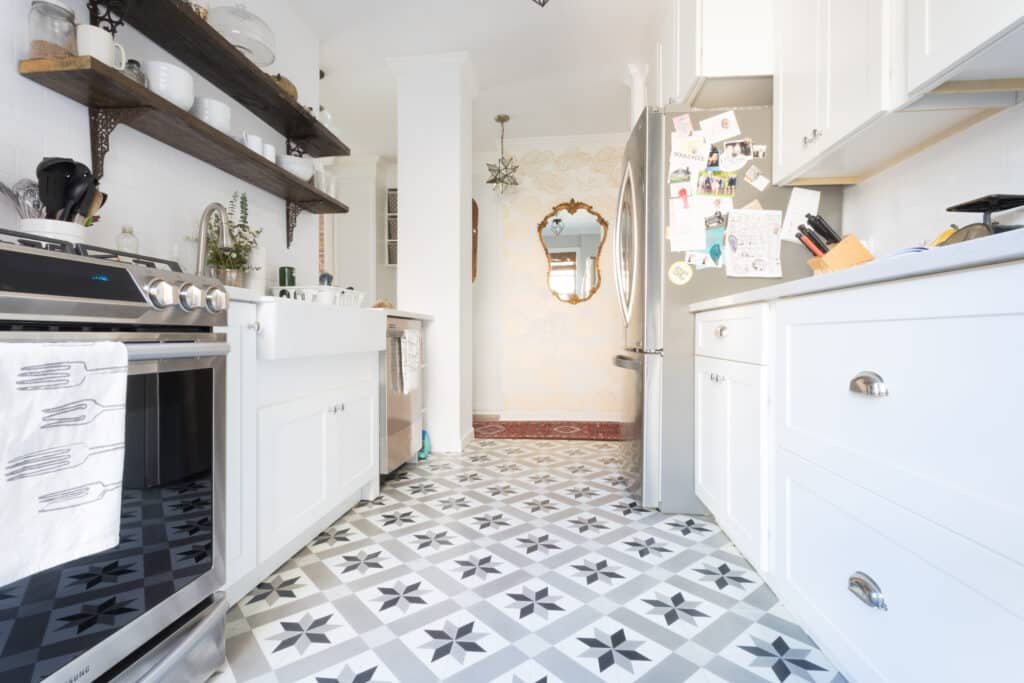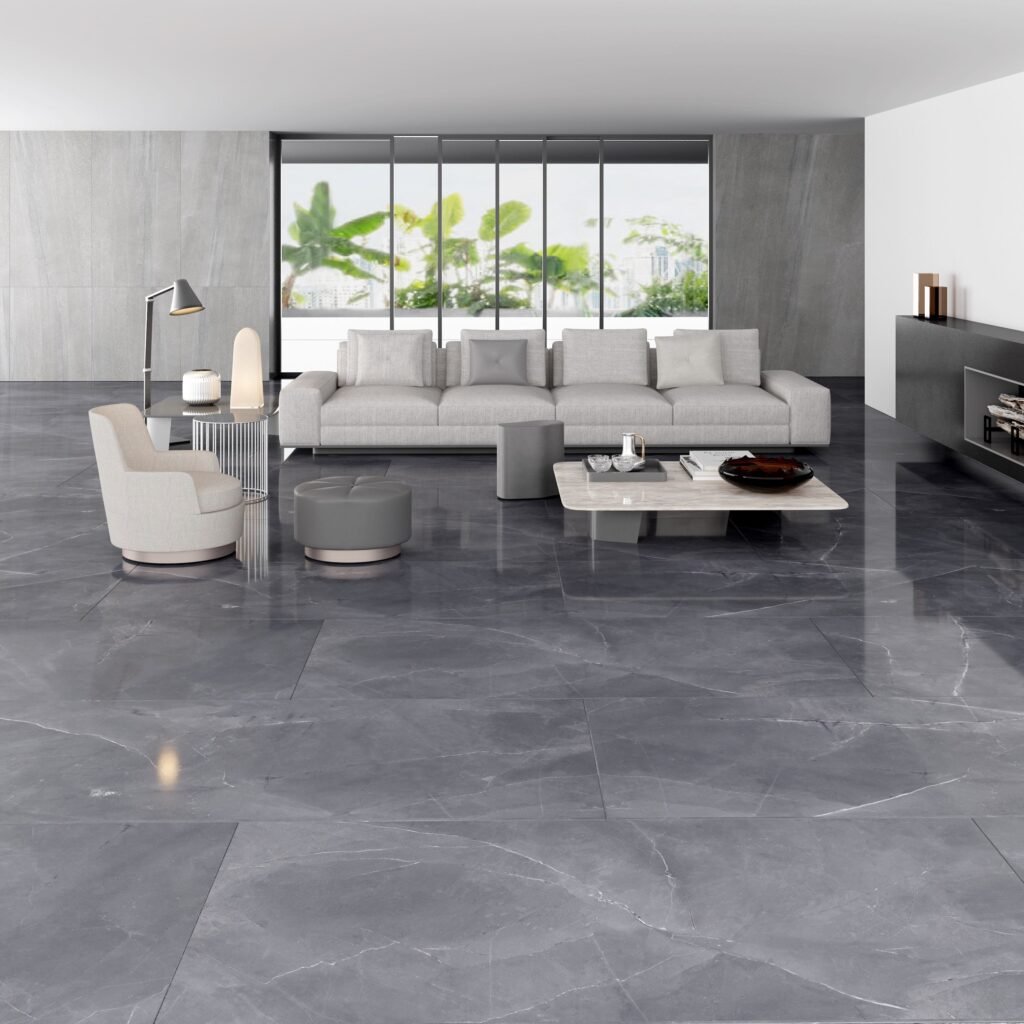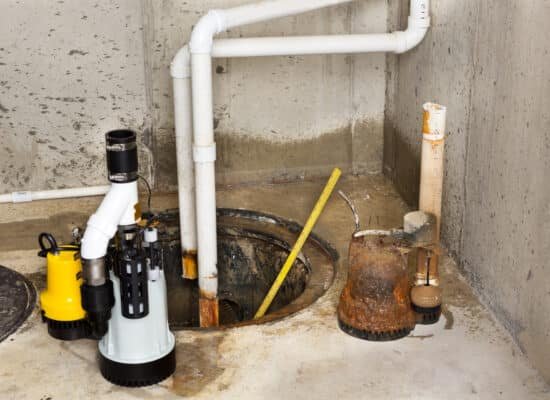Selecting the better tiles for your house is very important because it stays with you for a long time. So, if you are reading this article, you may be considering two options, either the ceramic tiles vs. porcelain tiles.
Table Of Content
- Ceramic vs Porcelain Tiles: Choosing the Right Fit for Your Home
- Porcelain vs. Ceramic Tile – What’s Better?
- The Differences between Porcelain and Ceramic Tile
- Porcelain Tiles
- Porcelain vs Ceramic Tiles: Unveiling the Material Differences
- Pros and Cons
- Ceramic Tiles
- Ceramic Tiles: Ideal Indoor Solutions for Durability and Affordability
- Pros and Cons
- Porcelain VS Ceramic Tile – Which One is Recommended?
- – Shower
- – Budget-Friendly
- – Durability
- – Maintenance
- – Outdoor Spaces
- Shop for Good Quality Tiles
However, what’s the better option for you, should you go for both depending on your needs? Or is it better to stay with the more superior one? If so, then how can you determine which one it is? There are many questions, and answering them requires detailed discussion; therefore, we will look at each of their benefits and check their best applications.
Ceramic vs Porcelain Tiles: Choosing the Right Fit for Your Home
Because they are both made for somewhat different things, and it’s better to choose the right one for your house, so you won’t need to remodel the tiles of your home every few years.
The thing that should be considered when buying one of these for your house is that you pick the one that catches your eye and supports the environment you live in. Some types of ceramics are used to dry weather, while others can withstand and perform well in rainy seasons. Depending on what you experience, you should pick the correct one; the design and appearance can be adjusted later on. So, without further ado, let’s get right into it.

Porcelain vs. Ceramic Tile – What’s Better?
If someone brought you one tile of both categories, you wouldn’t distinguish between the two because their appearances are almost the same. The only thing differentiating them is the requirements they meet.
The industry separates them based on how much water one can absorb. But how does that make one better? We are not looking for whose better overall, because then they won’t be efficient in some things, while outstanding in others.
So, the tile with a higher absorption rate might be better for places like bathrooms and other floors exposed to water most of the time. At the same time, a more durable tile might be better for the basement or another bed. So, their efficiency in each place determines their value. Since we want to know their efficiency, let’s talk about the differences between porcelain vs. ceramic tile.
The Differences between Porcelain and Ceramic Tile
The main differences between ceramic tiles and porcelain tiles are not based on their appearances because they can be customized; it’s more about their composition and durability under different conditions. To understand them correctly, let’s look at each of them separately.

Porcelain Tiles
The notable thing about porcelain tiles is their water absorption rate, which is lower than ceramic, and around 0.5%, the ASTM (American Society for Testing Materials) has a rule which determines that the tiles with a lower absorption rate, or about 0.5% rate, are considered porcelain!
However, that does not mean that they fall short of ceramic tiles because more factors differentiate between them. Their absorption rate is tested by putting the fired tile on a scale and measuring its weight. After that, the tiles are boiled in water for over 5 hours and then left in water for an entire day. Lastly, they are measured again on the scale, and if their weight is less than 0.5% more after the water-absorption, then it is considered a porcelain tile.
Porcelain vs Ceramic Tiles: Unveiling the Material Differences
Another thing that is notable in porcelain tiles is their density, which is achieved using a kaolin clay mixture. However, this clay mixture is unique to others due to its superior quality, as it is both more refined and purer than ceramic clay.
The kaolin clay contains some quartz and feldspar mixed well in the solution. These tiles are then fired at a hot temperature of 1.2k Degrees Celsius, slowly raised to 1.4k Degrees Celsius. The porcelain may seem better because it’s denser and contains better quality material than ceramic tiles, but the ceramic tile has its benefits.
Once you start seeing the differences between the two, you will notice that the porcelain tiles vs. ceramic tile have a more glazing surface because they aren’t supposed to absorb much water and need their shine to stay competitive.
Pros and Cons
- The porcelain tile is considered more durable and much better in terms of density, toughness, and hardness.
- The tiles also have a low absorption rate, making them more resistant to water, causing less water damage.
- Even after having prolonged exposure to certain conditions, its quality is barely affected, which makes it better for long-running projects.
- There is a debate on what’s better for bathrooms; some prefer water-resistant qualities, while others want water absorption. But the recommended choice is to have ceramic tiles on bathroom floors and porcelain in the shower area because you don’t want your entire bathroom to be water-resistant, making it more slippery for you.
- Porcelain tiles are best for places where you will have people over most of the time because of their durability; they can withstand well and last for longer periods.
However;
- Despite having a durable and versatile quality, porcelain tiles are difficult to cut flawlessly. No matter the quality and appearance, if the tiles are not cut correctly, they can damage the area’s look. So, a professional installation is needed, along with expert tools. These end up adding more expenses for you, which raises our next point.
- They are 60% more expensive as compared to their competitors in the market. Their installment and other expenses add even more to the budget, which means that you may not be able to get these if you are running on a low budget. If you are okay with risking the flawless installment, then you can go for them.

Ceramic Tiles
The ceramic tiles contain material that is less pure and falls short in terms of quality compared to porcelain. They absorb more water than porcelain, which is why many people use these tiles in the bathroom and showers.
However, just like porcelain, these tiles contain a small amount of fine kaolin clay; although not as much as porcelain, it is still notable. It doesn’t have many additives like quartz and feldspar, which is why it is considered less-dense and inferior in those categories. We mentioned how porcelain tiles are heated at high temperatures; compared to them; ceramic tiles are heated at only 900 Degrees Celsius, which is still a lot.
Ceramic Tiles: Ideal Indoor Solutions for Durability and Affordability
Since the ceramic tiles are also more prone to water infiltration due to the higher absorption rate, they don’t have the same shining glaze as porcelain tiles, so some people go for porcelain tiles.
However, if you install porcelain tiles in places exposed to water and put ceramic tiles where you need something sturdy and dense, you will be wasting both of their potentials.
That’s also the reason why you will see many ceramic tiles used indoors, while porcelain on outdoor floors can still be used differently depending on the conditions. Since these tiles have a higher absorption rate, they have an okay resistance to water, while porcelain is excellent in water resistance. Their prices are also different, which impacts the consumer’s decision considerably.
Pros and Cons
- Ceramic tiles are also versatile and more affordable as compared to porcelain.
- They aren’t just affordable but also relatively easy to install because it’s easier to cut them, making them better on your budget.
- They have a softer surface and have a clean appearance due to the variety there is in the market. You can find more customizable options in ceramic tiles than in porcelain, which is why you can also keep them decorative.
- They are less slippery and available in a larger quantity in the market.
- During summer, the tiles tend to absorb the cool atmosphere, which makes them feel superior and more comfortable.
However;
- They aren’t as durable as porcelain tiles, which makes them bad for areas where you need sturdy and tough tiles.
- If you spill a drink or any liquid, you need to clean it quickly because of its absorption rate. However, it’s up to you if you want it to act as an absorbent; if not, then it may not be suitable for showers and patios.
- They require weekly cleaning, so you need to keep yourself busy with them every week.
- Even though they feel better in summer due to their cold feeling, it may become uncomfortable during winters because they get too cold.

Porcelain VS Ceramic Tile – Which One is Recommended?
Both categories of tiles are ideal for different things, so the question “which one is better?” has many answers. Hence, we will mention which type outshines the other in what condition, so you can judge better and make a decision.
– Shower
The porcelain tiles are water-proof because they have a glazing layer on the exterior, and the materials are tough and almost water-resistant. Hence, using porcelain tiles in areas that are more exposed to water is a better option as compared to ceramic tiles. However, some people like to have water-absorbent tiles and go for ceramic for bathrooms and showers. But you can have both; if your shower area has a separate portion, then definitely go for porcelain, and have ceramic for the remaining.
– Budget-Friendly
If you want to be on a budget and go for cheaper yet excellent quality tile, then ceramic tiles are ideal for you. Still, it’s better to pick porcelain for specific areas. But ceramic tiles aren’t that weak either; they have useful quality components and are durable for the most part so that you won’t be disappointed with them.
– Durability
In places with high foot traffic, you want to have durable tiles because you don’t want to have too many cracks and other damages on tiles. In such cases, porcelain tiles are the best option because they aren’t just durable, but they have such components that make them tough and sturdy for more extended periods. So, if you have a reasonable budget and expect many guests, then porcelain is the better option.
– Maintenance
Porcelain tiles are water-resistant, so when there is a water spill or anything, then you can easily remove it without problems. However, ceramic tiles are less water-resistant, so they need to be cleaned immediately if there is a water spill. But in terms of dusting or cleaning thoroughly for maintenance, both are almost the same and need weekly cleaning jobs. It may be easier to clean the stains on porcelain, but people find ceramic just as useful for their price and guarantee.
– Outdoor Spaces
There’s no other option for this one; porcelain tiles are the only thing you need to have outdoors. The climate is not consistent globally, and ceramic tiles can break or have cracks within just a few years, which is not something you want to experience. If you get porcelain tiles, you can have them installed and just focus on other things because its durable enough to withstand the climate and other conditions with ease.
Shop for Good Quality Tiles
In the end, the deciding factor in where you buy from and their quality because even porcelain tiles can be less durable than ceramic if they come from a bad company. Make sure that the company makes these tiles with the right procedure, and they have good claims and guarantees. Also, check their reviews and ensure that their customers are left satisfied with the job because you need good quality things. Otherwise, the potential of the tiles will be wasted.












